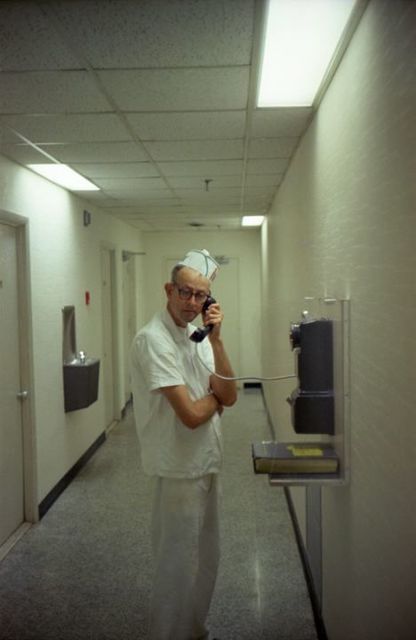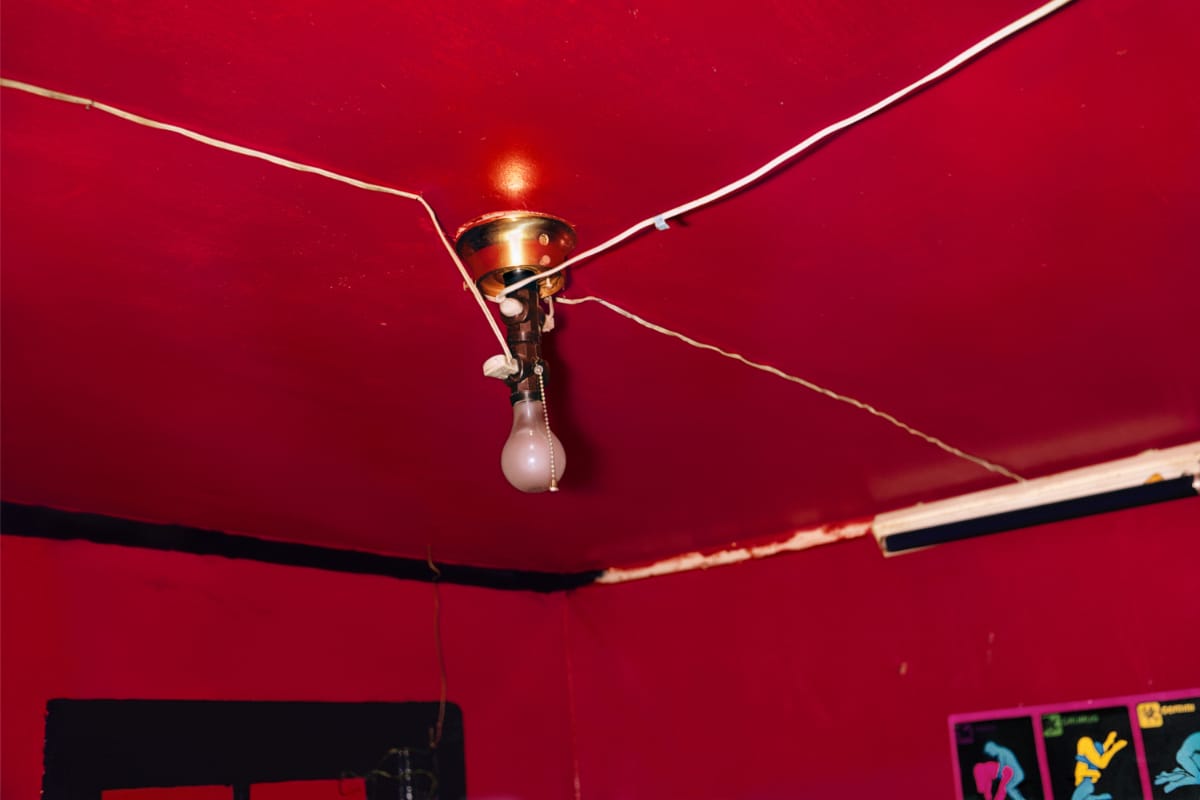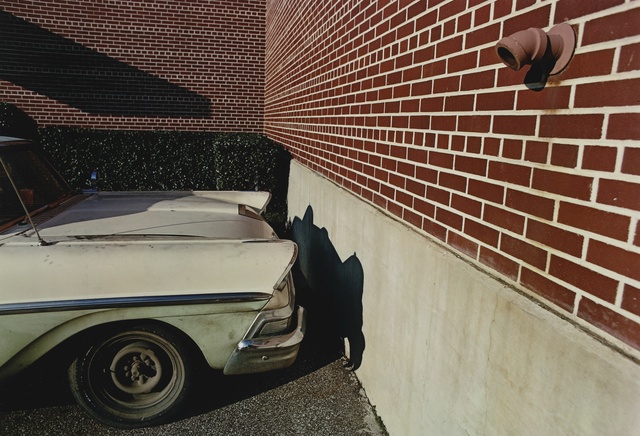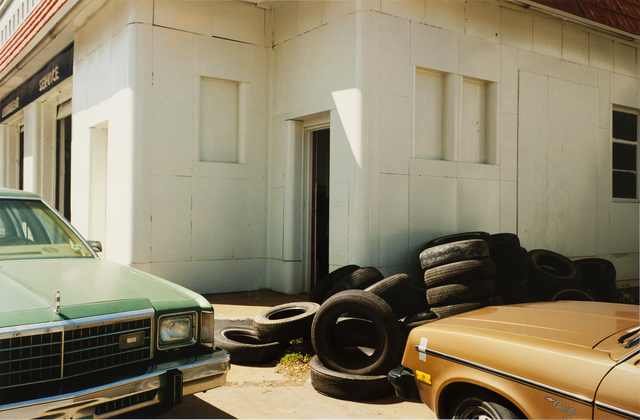Back then, most of the art world was struggling with accepting photography itself as art. Unlike traditional mediums like paintings or sculptures, photographs can be reproduced, which made them less “valuable” to traditionalists.
Even when people considered photography an art form, they would often draw the line at color photography, which was seen as too commercial and pedestrian to be taken seriously.
William Eggleston changed all that.
Nothing in his upbringing marked him as a revolutionary… but you always have to watch out for the quiet ones!
Born in 1939, Eggleston grew up in the South in an affluent family. While he attended a series of private schools, he never graduated from any of them. He was interested in arts and when a friend gave him a camera, he latched on to it.
William Eggleston started to experiment with black and white before moving to color in the mid-60s. His early influences were Henri Cartier-Bresson, Robert Frank and Walker Evans, all remarkable photographers with an uncanny talent to capture beauty in the most mundane settings. Eggleston also focused his lens on everyday moments. His sense of composition and color brings an unexpected power to his seemingly simple images.
His choice to shoot in color was a natural one for him. Developing on his own as an artist far from the art world, he approached color photography with no preconceived notion that it was not a “proper” medium. Color film was easily attainable and captured the world the way he saw it – that was enough for him. As he later remarked, “Not intending to make any particular comment about whether it was good or bad or whether I liked it or not. It was just there, and I was interested in it.”


In the early 70s, William Eggleston discovered dye-transfer printing, which was only used for commercial photography, or by everyday people snapping away during their vacations. It quickly became his favored printing method as it gave his prints saturated and vibrant colors.
The most famous example of this is his 1973 image titled, The Red Ceiling. William Eggleston later noted that only dye-transfer printing truly represented his vision. Any other printing lacked depth and intensity. He said, “The Red Ceiling is so powerful, that in fact I’ve never seen it reproduced on the page to my satisfaction. When you look at the dye [print] it is like red blood that’s wet on the wall.”

In 1976, MoMA in New York gave him a show. Although it was not the first time the museum had exhibited color photographs, Eggleston’s show created quite a stir. The venerable Ansel Adams, one of the (grand) fathers of photography, notably expressed his distress at seeing MoMA celebrating this kind of work.
The show created such a stir that it is still viewed to this day as a watershed moment. William Eggleston broke open the door and brought color photography to one of the most influential art institutions in the world. Despite the controversy, the exhibit was a success and color photography was never looked down again.
© William Eggleston
Disclaimer: Aurelie’s Gallery does not represent William Eggleston. My “Photographers I love” series is purely for inspiration and to encourage discussion.
